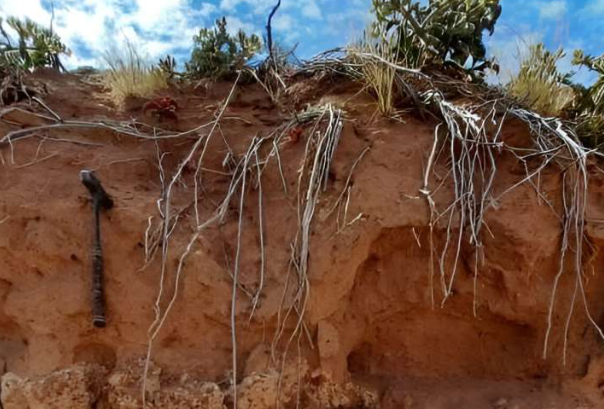World’s Oldest Termite Mounds Discovered in Namaqualand
In Namaqualand, South Africa, the heuweltjies are old termite mounds that take up about 20% of the land. The southern harvester termite (Microhodotermes Viator) lives in these sandy formations. They are home to termites for the longest period, going back between 13,000 and 34,000 years.
Recent Studies and Discoveries
In 2021, a group of earth scientists looked into the salty groundwater in the area, which is about 530 km from Cape Town. The main goal of the study was to find out how these termite mounds might change the chemicals in the groundwater. Radiocarbon dating of the organic and inorganic materials in the mounds showed how old they were and how nutrients, like carbon, kept building up over time.
Role in Carbon Cycling
Carbon sequestration is an important process for slowing down climate change, and the hills are a key part of it. Termites dig deep into the ground and store organic matter there, where it stays for a long time. This action, along with the breakdown of inorganic carbon into groundwater, makes the mounds good natural places to store carbon dioxide.
Impact on Local Biodiversity and Climate
Wildflowers in Namaqualand can grow because the hills have a lot of nutrients in them. Historical climate data from the mounds shows that times of higher rainfall, which was linked to global cooling, caused higher rates of nutrients to leach into the groundwater. This affected both past and present species and environmental conditions.
Ecosystem Engineering by Termites
Termites are very good at managing ecosystems because they build huge tube networks that control the conditions in mounds and have an effect over large areas. These networks do more than just change the habitat; they also improve the quality of the soil and add a lot to Namaqualand’s soil organic carbon pool.
Month: Current Affairs - June, 2024
Category: Environment Current Affairs








